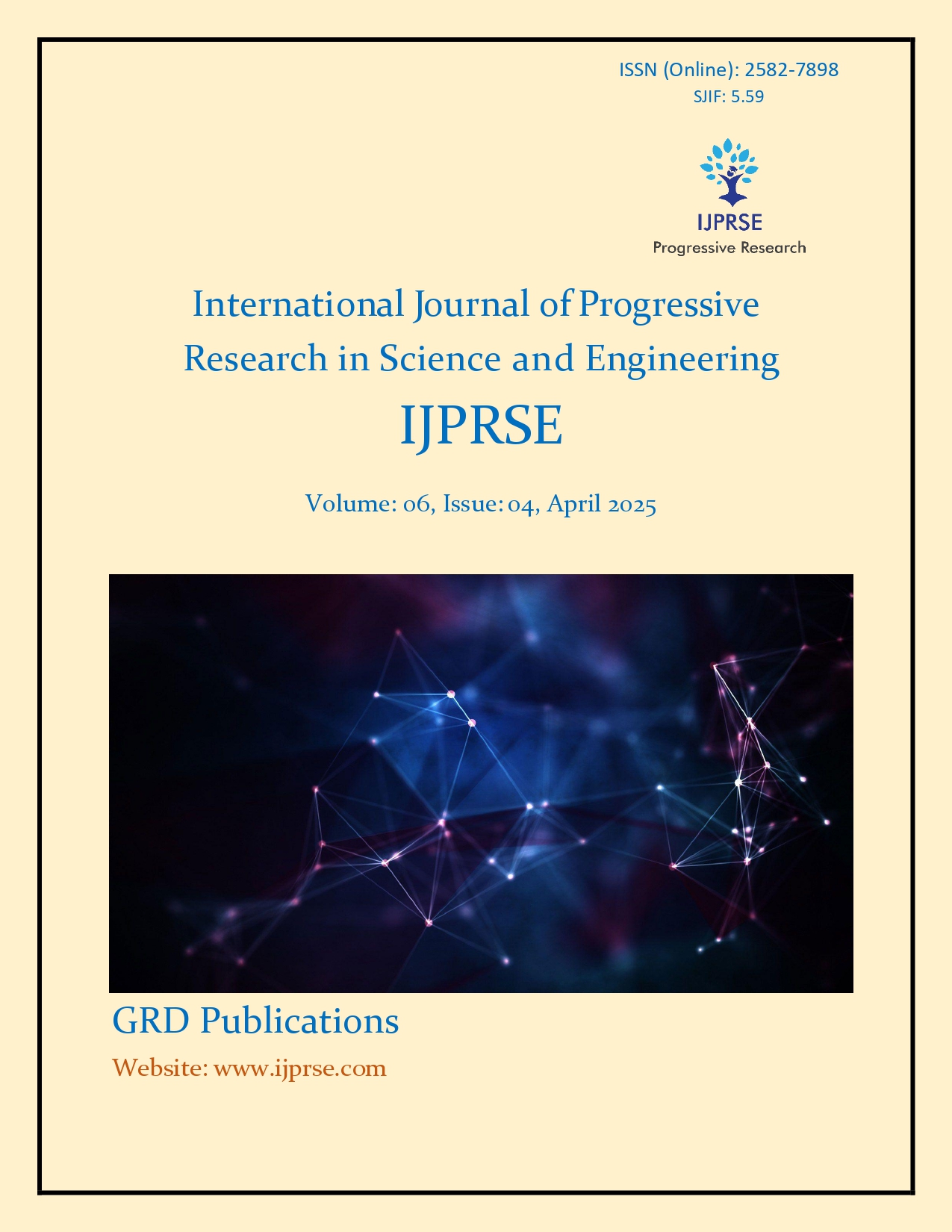Augmented Reality Interior Design and Customization
Keywords:
Augmented Reality, Spatial Geometry, Virtual Environment, AR Core, Depth Data.Abstract
This project will employ augmented reality and virtual reality technologies to digitally re-create and analyse the spatial geometry of a four-walled room. It will be possible to input the dimensions of a room, so that it will accurately map the 3D structure of a closed environment. Using the computed available space, users can virtually place objects within a room. The main objective is to mimic real spatial arrangements in a virtual environment and hence enhance applications such as interior design, architecture, and spatial planning. With this technology, users can see furniture layouts, assess decor choices, and conduct ergonomic analyses by observing configurations in a virtual environment before any physical changes occur. This approach not only reduces trial-and-error procedures but also maximizes space usage and increases user interaction. Capturing, processing, and visualizing spatial data, it builds this project with various technologies integrated together as part of AR and VR. Its core technology stack involves using Unity 3D for powerful real-time 3D content creation and scripting the manipulation of 3D objects as well as the spatial interaction using C#. Augmented reality frameworks, for instance, AR Core for Android, provide functionalities for the identification and charting of horizontal surfaces in an environment to facilitate spatial measurement and positioning of objects. Using depth data from AR Core, a spatially accurate model of a room is created to enable precise placement of virtual entities. This project integrates the most advanced AR frameworks for a room layout. This technology marks a great leap forward in spatial computing, interactive, and user-friendly interfaces to engage with digital environments.
Downloads
Downloads
Published
How to Cite
Issue
Section
License
Copyright (c) 2025 Varsha Tyagi, Aadi Arora, Divyansh Chopra, Dhruv Singhal, Jayant Kumar

This work is licensed under a Creative Commons Attribution-NonCommercial 4.0 International License.


